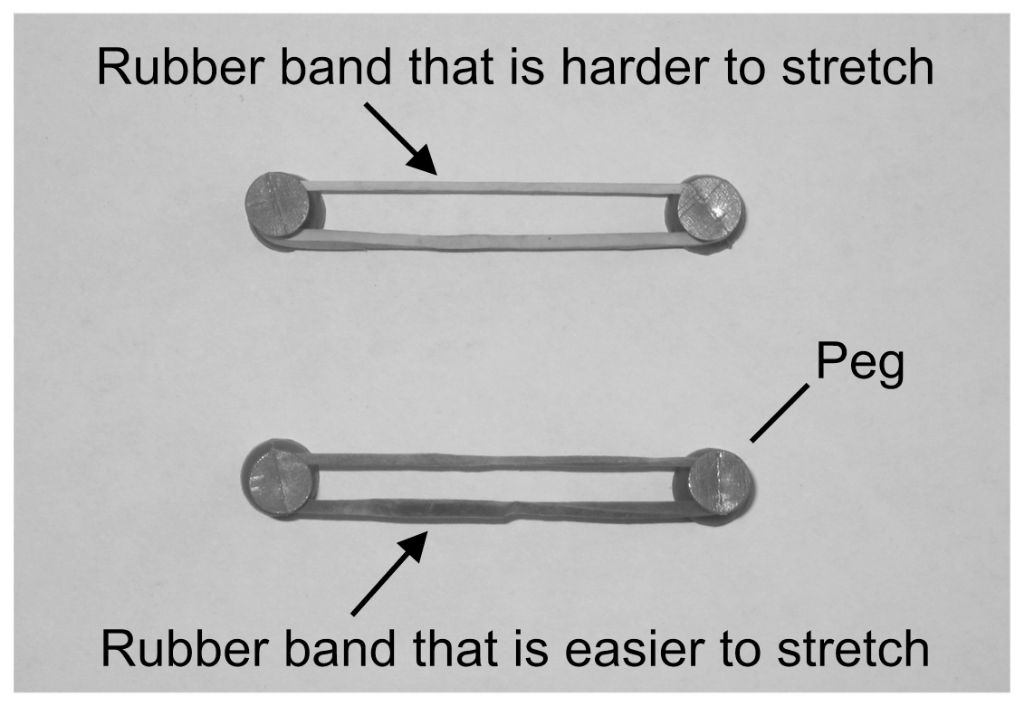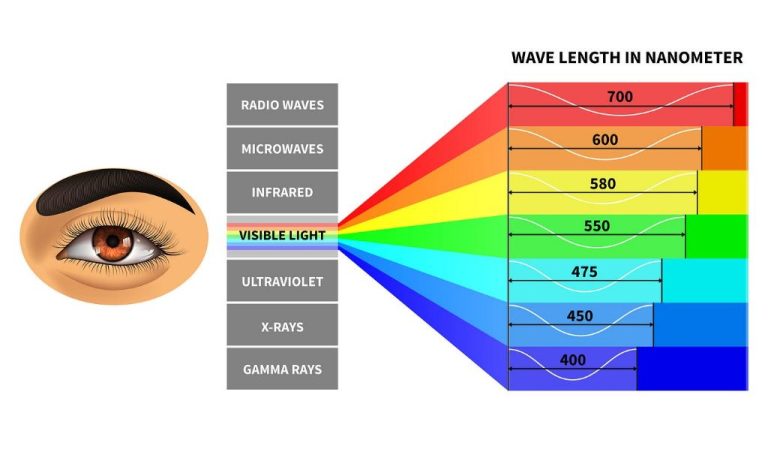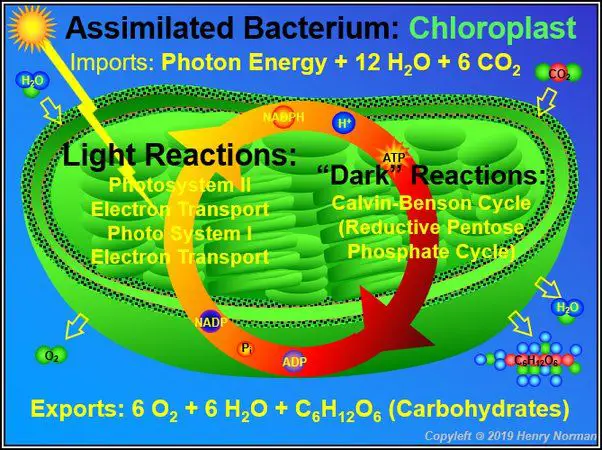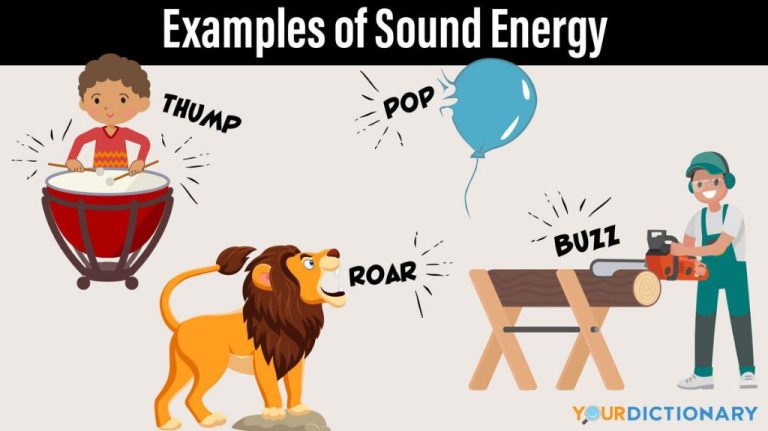Is Elastic Energy Mechanical Energy?
What is Elastic Energy?
Elastic energy refers to the potential mechanical energy stored in an elastic object or material that is deformed. When an external force acts on an elastic object, such as a spring, rubber band, or elastic cord, it gets stretched or compressed. As it deforms, the elastic material is able to store energy within its deformed state. This stored energy of deformation is known as elastic potential energy.
The source of elastic energy comes from the electromagnetic forces between the atoms and molecules that make up the elastic material. When the material gets stretched or compressed, these forces produce stress forces that store energy by pushing back against the applied force. The material contains this energy until the external force is removed, at which point the elastic material will return to its original shape, releasing the stored elastic energy.
Some key properties that allow materials to store elastic energy are:
- The ability to experience reversible deformation when an external force is applied
- The tendency to return to their original shape once the applied force is removed
Materials with these properties, such as springs, rubber bands, bows, elastic cords, and biological tissues like tendons and arteries, are able to compress or stretch to store mechanical energy when deformed, then release it when the forces are taken away.
Examples of Elastic Energy
Some common examples of elastic energy include:
- Stretched springs. When a spring is stretched or compressed, it stores elastic potential energy. This energy is released when the spring recoils back to its original shape.
- Rubber bands. Stretching a rubber band requires work and energy. The stretched rubber band contains elastic potential energy that can do work when released.
- Bendy straws. Bending a straw takes energy and stores elastic energy. The straw will spring back to its original shape when released, releasing its stored energy.
- Pull-back toys. Winding up the mechanism in a pull-back toy stores elastic energy in the coiled spring inside. Releasing the toy allows the spring to unwind and the stored energy powers the toy’s motion.
- Trampolines. The mat of a trampoline is made of elastic material. Jumping on a trampoline stretches this mat, storing elastic energy. This energy is used to propel jumpers up when the mat rebounds.

In all these examples, elastic potential energy is stored when an elastic material is deformed in some way. This energy can then be released to power motion or do work.
What is Mechanical Energy?
Mechanical energy is the energy associated with the motion and position of an object. It is the energy possessed by an object due to its motion or due to its position. Mechanical energy can be either kinetic energy (energy of motion) or potential energy (stored energy of position).
Kinetic energy is the energy an object has because of its motion. The kinetic energy of an object depends on its mass and velocity. An object with more mass or more velocity will have more kinetic energy. When an object is in motion, some of its energy is in the form of kinetic energy.
Potential energy is the stored energy an object has because of its position or shape. There are several types of potential energy including gravitational potential energy, elastic potential energy, and chemical potential energy. Gravitational potential energy depends on an object’s height above the ground. Elastic potential energy depends on an object’s compression or stretching. Chemical potential energy depends on the arrangement of atoms and molecules in a substance.
Mechanical energy is the sum of an object’s kinetic and potential energy. The mechanical energy of a system is constant as long as no external force does work. Mechanical energy can be transformed from kinetic to potential and vice versa, but the total mechanical energy remains unchanged.
Forms of Mechanical Energy
Mechanical energy comes in two main forms: potential energy and kinetic energy. Potential energy is stored energy that an object has due to its position or state. For example, a ball held at a height above the ground has gravitational potential energy. When released, this potential energy is converted into kinetic energy, the energy of motion. Other examples of potential energy include elastic potential energy stored in stretched springs or rubber bands, and chemical potential energy stored in batteries.
Kinetic energy is energy of motion. Any moving object has kinetic energy equal to one-half its mass multiplied by the square of its velocity. The faster the object moves, the more kinetic energy it possesses. Examples of kinetic energy include the motion of pendulums, roller coasters, planets in orbit, and running water.
Mechanical energy is the sum of an object’s potential and kinetic energy. This energy can transfer between potential and kinetic forms, but the total mechanical energy remains constant in a closed system without losses. Understanding the interplay between potential and kinetic energy is key to engineering systems like hydroelectric dams, simple machines, and theme park rides.
Similarities Between Elastic and Mechanical Energy
There are some key similarities between elastic energy and mechanical energy:
Both are forms of potential energy, meaning they represent stored energy in an object or system due to its position or configuration. This energy can later be released and converted into kinetic energy.
Elastic energy and mechanical energy both involve forces acting on matter. For elastic energy, it is the restorative force that gets stored in deformed materials or objects. For mechanical energy, forces such as gravity, springs, or physical manipulation can put an object in a high potential energy state.
The build up and release of elastic energy and mechanical energy both follow the law of conservation of energy. The total energy remains constant, but can be converted between potential and kinetic forms.
Elastic and mechanical energy are reversible. The elastic deformation of an object or the mechanical positioning of an object can be reversed to regain the stored energy.
Overall, elastic energy and mechanical energy are both stored energies that can be built up in an object or system and then released to do work.
Differences Between Elastic and Mechanical Energy
While elastic and mechanical energy share some similarities, there are important differences between the two:
Potential vs Kinetic Energy
Elastic energy is a form of potential energy stored in an elastic object or system. This potential energy results from the molecular bonds being stretched or compressed. Mechanical energy, on the other hand, can be either kinetic energy (energy of motion) or potential energy (stored energy).
Dependence on Molecular Bonds
Elastic energy specifically depends on the stretching or compressing of molecular bonds in a material. Mechanical energy more broadly refers to the total energy in a mechanical system and does not necessarily rely on molecular bonds.
In summary, while elastic energy is always a form of potential energy resulting from molecular bonds, mechanical energy encompasses both potential and kinetic energy in mechanical systems in general.
Is Elastic Energy a Subset of Mechanical Energy?
There are reasonable arguments on both sides of this question. On one hand, elastic energy does share some key characteristics with mechanical energy:
- Elastic energy involves forces acting on matter and the motion or deformation that results, similar to mechanical energy.
- Elastic energy can often be converted into other common forms of mechanical energy like kinetic energy.
- Elastic energy is stored in solid objects due to their elasticity, a mechanical property.
Based on these similarities, some consider elastic energy to be a specific subtype of mechanical energy. The elasticity of a solid object allows it to store mechanical work done on deforming the object as potential energy.
On the other hand, there are also good reasons to consider elastic energy distinct from mechanical energy:
- While related, elasticity is a unique material property different from motion, a key aspect of mechanical energy.
- Elastic energy involves potential energy stored at the molecular level, not just the macro scale motion emphasized in mechanical energy.
- Rubber bands exhibit elasticity but can store elastic energy without visible mechanical motion.
Given these differences, some argue that elastic energy represents its own separate category of potential energy, not simply a subfield of mechanical energy.
Examples of Non-Mechanical Elastic Energy
While elastic energy often arises from mechanical processes, there are some examples of elastic energy that are non-mechanical in nature. One such example is the chemical energy stored in stretched rubber bands or other elastic polymers. When these materials are stretched, the polymer chains align and chemical bonds are deformed. This deformation requires energy, which is then stored chemically within the material. When the material is allowed to return to its relaxed state, this stored chemical energy is released.
Another example is the electrical energy stored in capacitors. Capacitors function by separating positive and negative charges across a dielectric material. When charged, the capacitor stores energy in the electric field between its plates. As the capacitor discharges, this electrical energy is released. So in both cases, energy is stored in a distorted or strained system and released when the system snaps back to an unstrained state. While not mechanically-driven, the process of storing energy in elastic distortion and releasing it still qualifies as elastic energy.
Applications of Elastic Energy
Elastic energy has many useful applications in technology, engineering, and physics experiments due to its ability to store mechanical energy and release it on demand.
In technology, elastic energy is often used in elastic belts and rubber bands. For example, rubber bands can be stretched to store energy and then released to launch small projectiles. Larger elastic belts are used in machinery to store rotational kinetic energy. The elasticity of the belts allows them to stretch when force is applied by pulleys or gears, storing energy, and then snap back to quickly transfer force to other components.
In engineering, elastic energy is harnessed in spring-loaded mechanisms that can unleash energy suddenly. This allows engineered devices to store potential energy when compressed or stretched and release it forcefully at the desired moment. Examples include catapults, mousetraps, jack-in-the-boxes, and specialized springs used in machinery.
In physics experiments, elastic energy is often explored using bungee cords, slingshots, pendulums, and trampolines. Researchers can use elastic materials to introduce and measure potential and kinetic energy transfers in controlled conditions.
Conclusion
In summary, elastic energy shares some similarities with mechanical energy but also has key differences that distinguish it as its own unique form of potential energy. While elastic energy involves forces that can do work and is stored in solid objects, which aligns with mechanical energy, it is not strictly a form of mechanical energy since it can also exist in non-mechanical systems. The elastic potential energy stored in a stretched rubber band is a common example of mechanical elastic energy. However, the electrostatic potential energy stored in the elastic bonds between atoms in a solid is a type of non-mechanical elastic energy. Ultimately, elastic energy is best categorized as its own distinct type of potential energy, rather than simply a subset of mechanical energy.
While elastic energy and mechanical energy overlap in some instances, elastic energy has broader applications beyond mechanical systems. Recognizing elastic energy as its own unique form of potential energy allows for a more accurate understanding of the diverse range of elastic systems that exist in the natural and engineered world.






